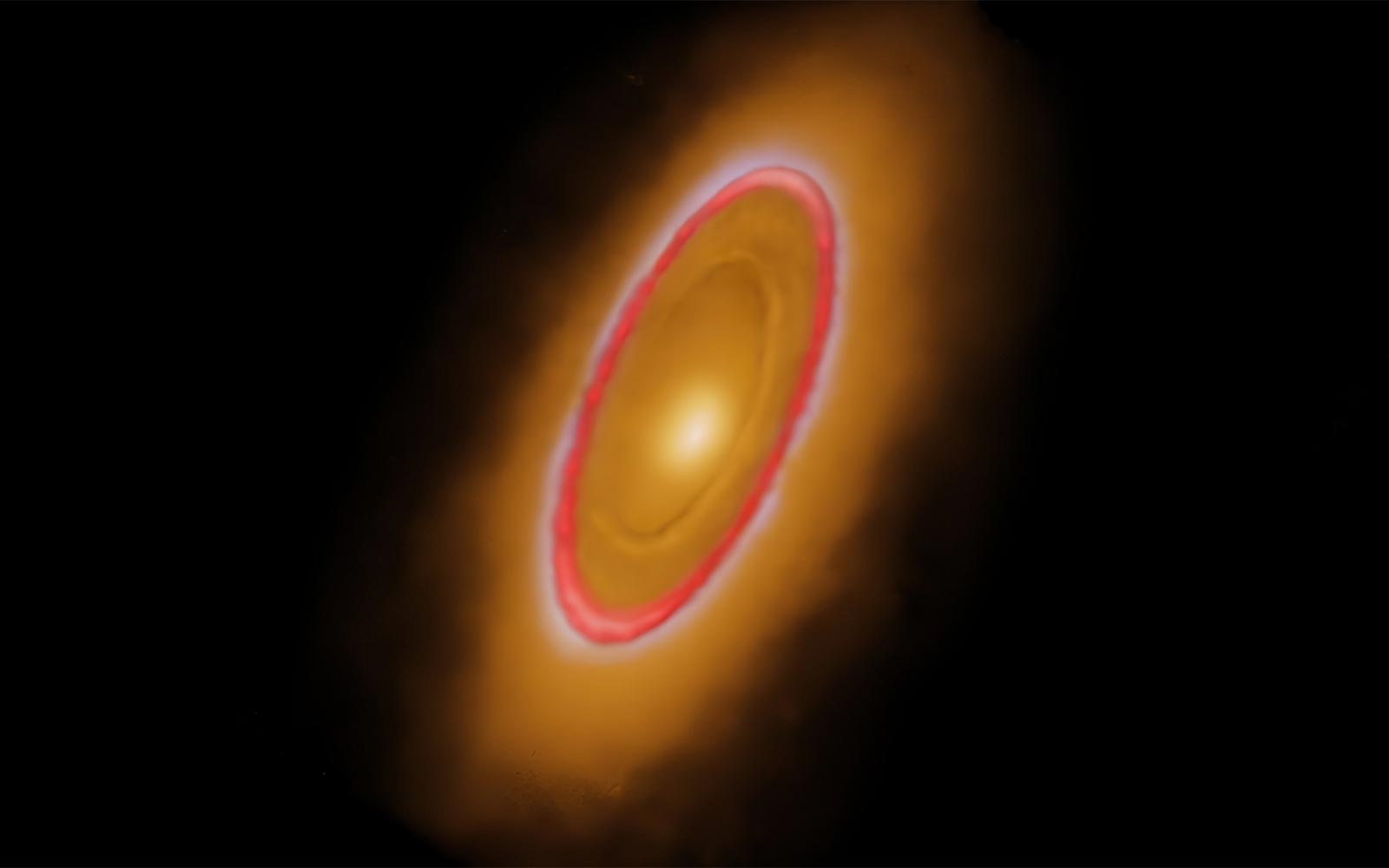Connect with us
Published
2 months agoon
By
admin
Recent observations using the James Webb Space Telescope (JWST) have revealed intricate details of the debris system surrounding the star Fomalhaut, approximately 25 light-years from Earth. This system features multiple nested dust rings indicative of complex gravitational interactions, potentially influenced by unseen planets. The JWST captured warm dust in the inner regions of the Fomalhaut system, unveiling previously unobserved inner belts of debris created from collisions of larger bodies, similar to asteroids and comets. These belts extend up to 14 billion miles from the star, showcasing structures far more complex than those found in our solar system.
The findings suggest that these rings may be sculpted by the gravitational pull of planets, drawing parallels to how Jupiter affects our asteroid belt. This unprecedented view of Fomalhaut’s debris disks was made possible by JWST’s capability to resolve thermal emissions from dust, which previous telescopes like Hubble and ALMA could not accomplish. The discoveries provide insights into the formation and evolution of planetary systems beyond our own and offer a glimpse into the obscured dynamics within the Fomalhaut system, hinting at potential hidden planets shaping its structure.













